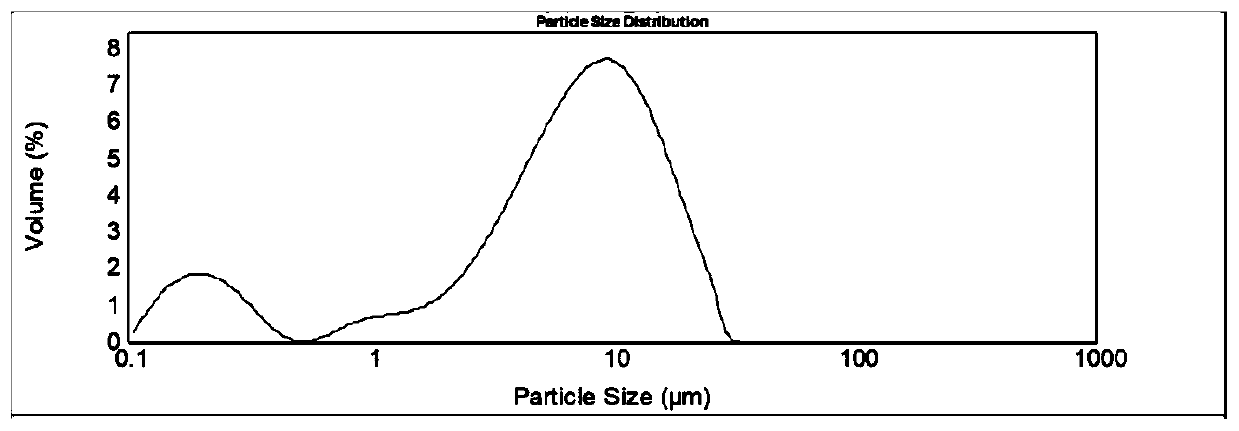Graphene modification method of phthalocyanine blue pigment
A technology of phthalocyanine blue and graphene, which is applied in the chemical field, can solve the problems of large energy consumption, increased intermolecular conductivity, and great corrosion of environmental pollution, and achieve the effects of improving coloring strength, improving application performance, and reducing molecular aggregation
- Summary
- Abstract
- Description
- Claims
- Application Information
AI Technical Summary
Problems solved by technology
Method used
Image
Examples
Embodiment 1
[0038] Weigh 0.06g of single-layer graphene, add to a beaker, add 20ml of acetone, add to a three-necked flask after ultrasonic dispersion for 30min, add 2.0g of Phthalocyanine Blue B, add 20ml of acetone, stir for 5h at 50℃, filter, wash with water, 60℃ The modified phthalocyanine blue B pigment is obtained by drying.
Embodiment 2
[0040] The experimental method is the same as in Example 1, with only 0.06 g of graphene oxide added.
Embodiment 3
[0042] Weigh 0.02g of single-layer graphene into a beaker, add 20ml of methanol, ultrasonically disperse for 2h, add to a three-necked flask, add 2.0g of Phthalocyanine Blue BGS, add 30ml of methanol, stir for 3h at 40°C, filter, wash with water, 60°C The modified phthalocyanine blue BGS pigment is obtained by drying.
PUM
 Login to View More
Login to View More Abstract
Description
Claims
Application Information
 Login to View More
Login to View More - R&D
- Intellectual Property
- Life Sciences
- Materials
- Tech Scout
- Unparalleled Data Quality
- Higher Quality Content
- 60% Fewer Hallucinations
Browse by: Latest US Patents, China's latest patents, Technical Efficacy Thesaurus, Application Domain, Technology Topic, Popular Technical Reports.
© 2025 PatSnap. All rights reserved.Legal|Privacy policy|Modern Slavery Act Transparency Statement|Sitemap|About US| Contact US: help@patsnap.com



